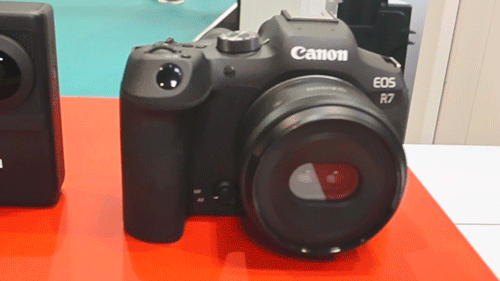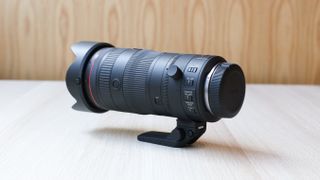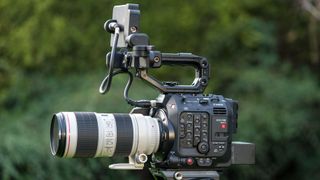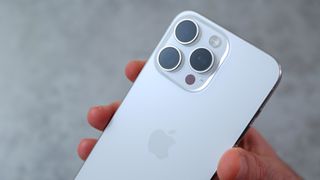
The Quick List ↩
1. Best for photo and video
2. Best for photography
3. Best for high-resolution photos
4. Best for affordability
5. Best for novice shooters
6. Best foldable phone
7. Best flip phone
8. Best camera foldable
9. Best for cinematographers
10. Best underdog
How to choose
How we test
Having a great camera phone is essential for taking amazing photos wherever you are whenever you’d like. After all, not everyone can carry around a big DSLR at all times. Here at Digital Camera World, we love a good camera phone because they’re simply convenient and as the technology continues to progress the best camera phones have powerful image sensors, incredible features, and the ability to process and edit the images with the touch of a button.
With all that technology out there though, it can be hard to make a decision on what phone is best for you. That’s where we come in. We’ve tested all of these camera phones first hand so you can be sure that we know which ones truly take the best photos. And since we are photographers, we really do know how to tell a good photo from a bad one.
If you want to get right into it, our favorite overall pick for both photo and video is the Apple iPhone 15 Pro Max with stunning quality and ease of use. If you’re an avid Android enthusiast, then then the more affordable Google Pixel 8 Pro is the way to go as we love its AI photography and editing smarts.
No matter whether you're looking for a high-end camera phone that will help you capture great social media content, or you're simply looking for an everyday handset that will capture beautiful family snaps, here are the best camera phones currently available...
Gareth is the Reviews Editor at Digital Camera World, and the person in charge of approving all the latest camera-related tech. With several years of experience as a photographer and videographer, shooting for some household names, he has learned a thing or two about cameras and the photography industry. Outside of photography, expect to find him cycling around London, or deep in a Netflix binge.
The Quick List
My top pick for anyone looking for the best phone for photos and videos is the iPhone 15 Pro Max. Pipping the Pixel 8 Pro to the top spot, the Pro Max edges it out with superior video. For photos, it also provides 48MP stills and a 5x optical zoom.
Read more below

The Pixel 8 Pro is simply the best camera experience for stills photography you can have using a phone. With excellent computational photography and AI editing smarts, the Pixel 8 Pro is just fun, and all at a much lower price than its Apple rival.
Read more below
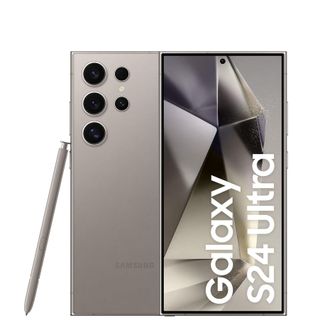
Samsung fans look no further – the Samsung Galaxy S24 Ultra is one pretty phone that also benefits from an impressive 200MP camera which you can actually use every pixel of (if you have the storage) for mind-blowing detail from a phone camera.
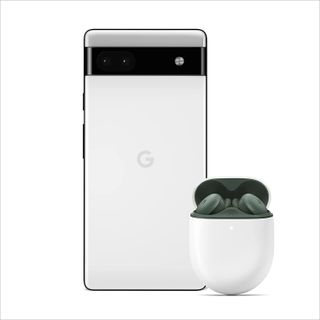
If you're looking for a great image-maker for an amazing price then the Google Pixel 7a takes the crown as my top pick for affordable phone photography.
Read more below
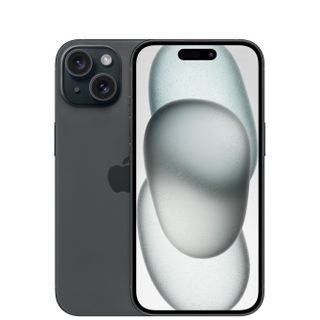
The iPhone 15 might not be the top-spec phone on this list, but it is the best shooter for casual everyday phone photographers who love all things Apple.
Read more below
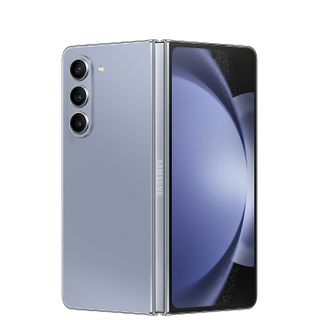
Samsung's Fold phones go from strength to strength, and the Fold 5 is the best yet. It has great image quality and a better overall foldable phone experience than the Pixel Fold, although can't quite match Google's camera prowess.
Read more below
The best camera phone in 2024
Why you can trust Digital Camera World
The best phone for photo and video
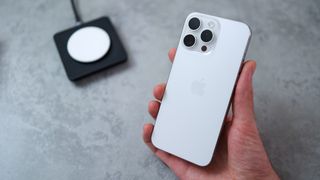
The iPhone 15 Pro Max is a serious, pocketable powerhouse. Yes, it's thick, but its relatively compact footprint and ample camera and power mix make it an enticing option, especially for photographers.
While it's a shame there's no pro mode for manual photography, the 15 Pro's 48MP RAW photos capture excellent results. The automatic mode's photo processing is also one of the best if not the best, I've seen on a phone. Additionally, the iPhone Pro Max now offers up a new 5x telephoto camera, reaching further can ever before in higher quality, and offering even more beautiful natural blur on portraits.
The iPhone 15 range has also added a tremendous amount of functionality and convenience by finally adopting the USB-C port, making it even more compatible with monitors and camera accessories.
So while the new iPhone 15 Pro is very expensive, it's a mighty phone with a brilliant camera, that's powerful and lasts a full day. If you're an Apple fan who likes more compact phones, the smaller iPhone 15 Pro is a no-brainer, but you will be bumped down to a still very impressive 3x optical camera. But if you like big phones and the best photography experience, the Pro Max is our top choice.
Read our full iPhone 15 Pro Max review
The best phone for photography
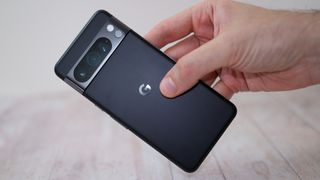
The Pixel 8 Pro is simply the best camera you can buy at its price for photography, it's that simple. It wipes the floor with the similarly priced iPhone 15 Pro and beats the much pricier iPhone 15 Pro Max in a few key areas too when shooting stills.
The Pixel 8 Pro adds a new RAW capture letting you take full advantage of the 50MP sensor, as well as a new pro controls mode giving you manual control over the look of your images. The camera mix is still mind-bogglingly good as far as point-and-shoot photography goes, with a new higher-megapixel wide-angle lens, and one of the best telephotos on the market. However, although video has also taken a big step up from the Pixel 7 Pro it still can't quite compete with the iPhone 15 Pro Max.
With a sleek design, a mighty screen, and excellent future-proofing by way of continued software support for up to 7 years, you do get a lot for your money here. So even though the phone had a couple of small hiccups in our time with it – as a package, you'll be hard-pressed to get a better value flagship phone than the Pixel 8 Pro.
Read our full Google Pixel 8 Pro review
The best phone for high resolution photos
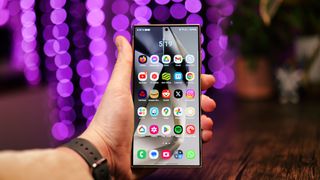
The Samsung Galaxy S24 Ultra offers a delightful experience, positioning itself as one of the most well-rounded and feature-complete Android phones currently available. For existing S23 Ultra owners, the incremental updates may not justify the price increase, but for those upgrading from an older model, satisfaction is virtually guaranteed.
While I was personally holding out a desire for more significant changes in the camera system over the S23, such as a large main sensor like Chinese rivals. Samsung has opted for an approach reminiscent of Apple – refining a familiar and popular design, inching closer to perfection.
Despite wanting more for hardware innovation, the software results from the camera are a step above last year's model. The S24 Ultra consistently delivers impressive photos and videos, boasts rapid performance, features a top-notch display, and exudes a premium feel. Where the S24 is really interesting for photographers is the inclusion of fun and practical AI tools that make correcting photos that much easier.
The Samsung Galaxy S24 Ultra is a formidable phone – and a great way to kick off 2024's new cycle.
Read our full Samsung Galaxy S24 Ultra review
The best camera phone for affordability
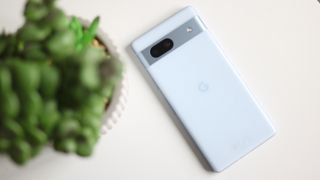
One of the best budget camera phones out now, if not the best, the Google Pixel 7a offers much of the same photo quality as its much more expensive flagship offering, the Google Pixel 7 Pro.
Costing midrange money, though, it's clear where Google's compromised. The Pixel 7a has a lower refresh rate screen than the competition, fewer cameras, and no wireless charging. However, Google doesn't usually deliver best-in-class power, instead focusing on smarts, and that's what it's done with the Pixel 7a. It features a mighty Google Tensor chip with top-end features like an under-display fingerprint scanner and AI photo editing powers.
Despite its slightly underpowered hardware, the 7a is a powerful camera phone thanks to Google's smart software, enjoys playful design, and offers plenty of bang for your buck.
Read our full Google Pixel 7a review
The best camera phone for novice shooters
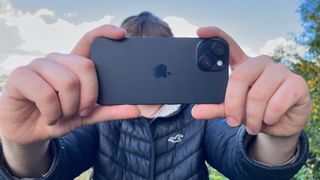
From a photography point of view, the iPhone 15 is a great piece of kit, especially if you just want to point, shoot, and share great-looking shots via social media without doing much post-processing.
However, the more serious photographer will miss the ability to shoot in RAW format so that they can enjoy fine-tuning the look of their images in a digital darkroom such as Adobe Camera Raw.
Images on the iPhone 15’s Super Retina XDR display look great, but you may need to view them on a larger display if you want to discover and remove noise artifacts or retouch a portrait more effectively. In this instance, you might consider paying extra for the iPhone 15 Plus, which boasts a true optical 3x camera, rather than the iPhone 15's pixel-binning trickery.
The iPhone 15’s video especially shines and produces amazingly smooth handheld footage which alleviates the need to stabilize it in a non-linear editing app, but serious filmmakers may also want the option to shoot in HDR Dolby Vision, which will lead them in the direction of the iPhone 15 Pro or Pro Max.
Read our full Apple iPhone 15 review
The best foldable phone
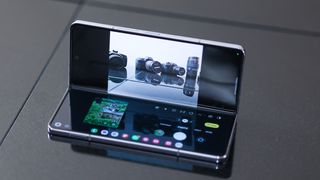
Samsung's raised its prices for 2023 compared to the previous Fold 4 and matched the Pixel Fold's asking price directly. But Galaxy Z Fold 4 owners who dropped the best part of $2000 on the Galaxy Z Fold 3 or Z Fold 4 shouldn't look at the Z Fold 5 and feel like they're missing any killer features, but that doesn't stop the new phone from being a powerhouse.
But while the Z Fold 5 is very similar to the Z Fold 4, it's still one of the most fully-featured folding phones out there, with its S Pen support and foldable-optimized interface helping it shine, while it carries forward the competent camera system of its predecessor.
If you are already invested in the Samsung ecosystem then this phone also fits perfectly in with your other Samsung devices.
Read our full Samsung Galaxy Z Fold 5 hands-on review
The best flip phone
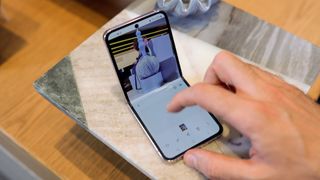
Samsung's strange side-notch on the Z Flip 5 might not look as good as Motorola's RAZR 40 Ultra cover screen, but if it makes room for better camera hardware, we're here for it. The fact the Z Flip 5 upgrades the cover-screen functionality to run third-party apps, levels up the line's power, and zaps the hinge gap of old Samsung clamshells all means this is the most exciting Z Flip since the first debuted in 2021.
Keen photographers who want natural color reproduction and maximum bang for their buck would be better off with a traditional phone than any foldable – the Z Flip 5 doesn't change that fact. But if you specifically want a flip phone, the Flip 5 is a good shout, and without much competition, it’s one of the best available in the West for photography, and its IPX8 water resistance, sturdy build, and large cover screen round off the experience nicely.
Read our full Samsung Galaxy Z Flip 5 review
The best cameras on a foldable phone
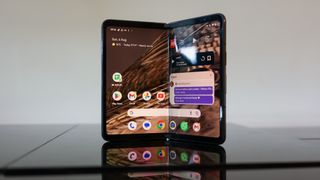
On the one hand, the Pixel Fold is a very first-gen device. It doesn't unfold completely flat, and there are plenty of mainstream Android apps that don't look great on it – or any unfolded folding phone (or Android tablet, for that matter).
But in the Pixel Fold's favor, it's an IPX8-rated foldable with a very sturdy hinge – so durability is where it needs to be, at least on paper. Its cameras also benefit from the Pixel treatment, so while its hardware isn't best-in-class, its photos are consistently balanced. Most noteworthy, the Pixel Fold's periscope camera is a welcome win over its main competition, the Galaxy Z Fold 5, and its shooting modes are very user-friendly.
Read our full Google Pixel Fold review
The best phone for cinematographers
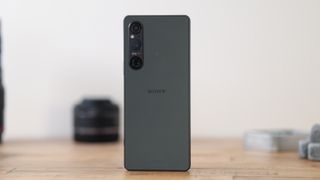
The Sony Xperia 1 V is the only choice for video pros and cinema buffs who want to get manual with their smartphone videography. It’s able to shoot footage at up to 21:9 for cinema-style capture, offers full manual control, and features a beautiful flat color profile, perfect for post-processing in Premiere Pro or Da Vinci Resolve.
Thankfully, almost everything else about this phone is excellent too, with a striking 21:9, 4K HDR screen, a clean UI, and a snappy chipset ensuring plenty of power under the hood. Sony photography fans will also appreciate all the Alpha elements that have made their way into the Xperia camera UI.
If want the ultimate cinema experience, both from a content creation and consumption point of view, the Xperia 1 V is it.
Read our full Sony Xperia 1 V review
The best underdog camera phone
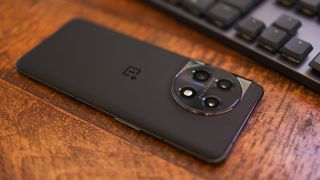
If I could use one word to describe the OnePlus 11 5G, it would be "balanced". The phone balances a very fair price with a rich feature set and a powerful camera system, and importantly – doesn't pull up any real red flags.
By going back to its roots, OnePlus has created a phone that doesn't need to compete on every single feature. It costs less than the incredibly expensive iPhone 14 Pro and Samsung Galaxy S23 Ultra, so its zoom range can afford to be pared back, and the lack of wireless charging isn't a deal-breaker.
In the core areas, you need your smartphone to be great – design, screen, primary camera, performance, and battery life – OnePlus absolutely nails it. While in the past, therefore, we weren't sold on OnePlus being absorbed into Oppo, if this phone's anything to go by, the future is once again bright for this once plucky upstart.
Read our full OnePlus 11 Pro 5G review
How to choose the best camera phone
First things first, you need to pick if you prefer an Android or an Apple phone.
This will depend on how much you currently rely on Apple services like iMessage, iCloud, or even Apple's Notes app. If you can't give them up, then you are best sticking with the iPhone, and which one you get depends on if you want a big or a medium-sized phone, how advanced you need the cameras to be, and how much you are willing to spend. We rate all of Apple's cameras very highly, going from the iPhone 15 Pro Max at the top end to the more affordable iPhone 15 model.
If you don't use Apple services (or can live without them), then you might want to take a look at an Android phone. Your choices are very broad here, and include new devices like folding phones. The two best Android phones for photography at the moment are the Google Pixel 8 Pro and Samsung Galaxy S23 Ultra. Google includes more of its own services as standard like Google Photos and the amazing Google Pixel camera. Samsung also has its own set of Samsung apps that fulfill the same purposes in their own style. So pick the phone and apps whose design appeals most to you.
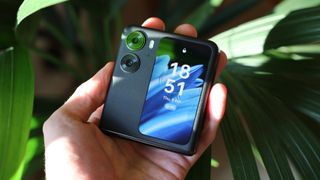
What's the best camera phone?
If you're looking for the best camera phone that offers the best price and performance on the market there is no arguing with the Google Pixel 8 Pro, but we understand not everyone is a fan of Android, so if love Apple devices, I'd recommend the Apple iPhone 15 Pro Max.
Which is better, Apple iOS or Android?
Well, this is a question that has and will be debated seemingly forever. The truth is, they are both fantastic operating systems, that provide nearly all of the exact same functionality, just in slightly different ways, and both have all the major apps you are likely to use. There is no better OS, the one to pick is just the one that you enjoy using more on a day-to-day basis.
How we test camera phones
As a photography website, we pay special attention to the photo and video quality of camera phones. We rate resolution, noise, and color rendition in the context of what rival phone cameras can do, and where there are any special features, such as ‘night modes’ or ‘portrait modes’, we check that these perform as the makers describe. We also take a look at what features the phone might include for viewing and editing photos and video.
Camera phones are all-around digital assistants too, of course, so we also check out how smart the operating system is at handling general day-to-day usage. Finally, we look at phone usability, and practicality – such as design, screen, ports, and battery life.

